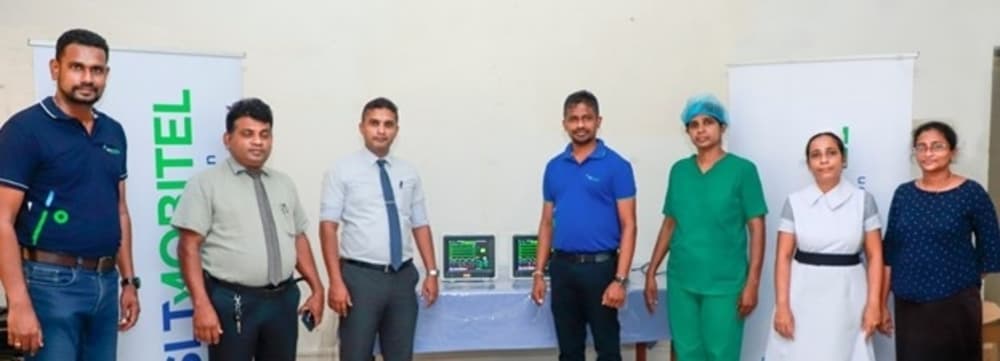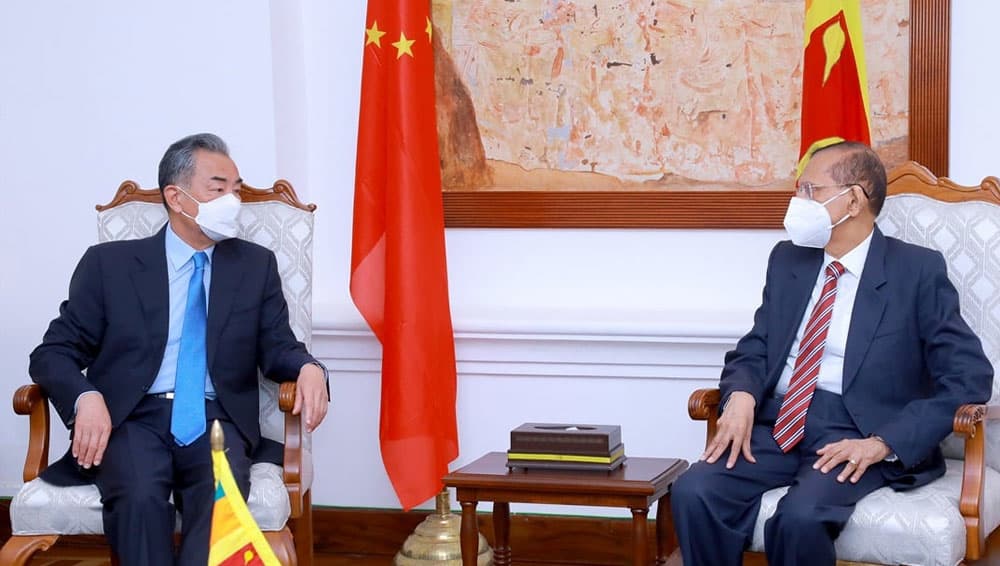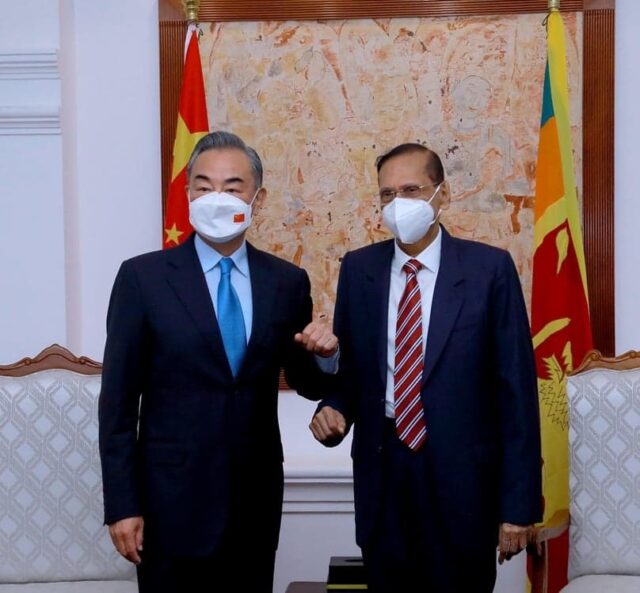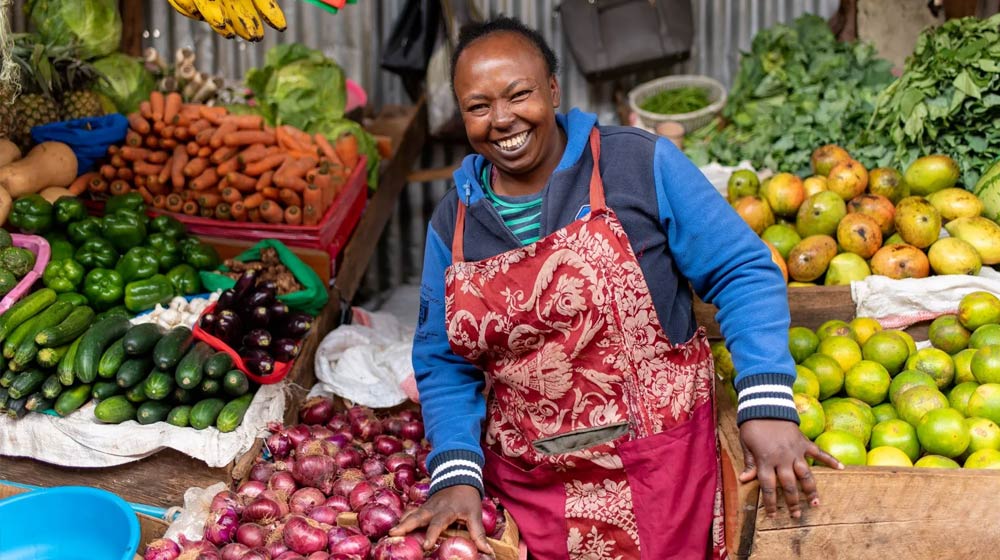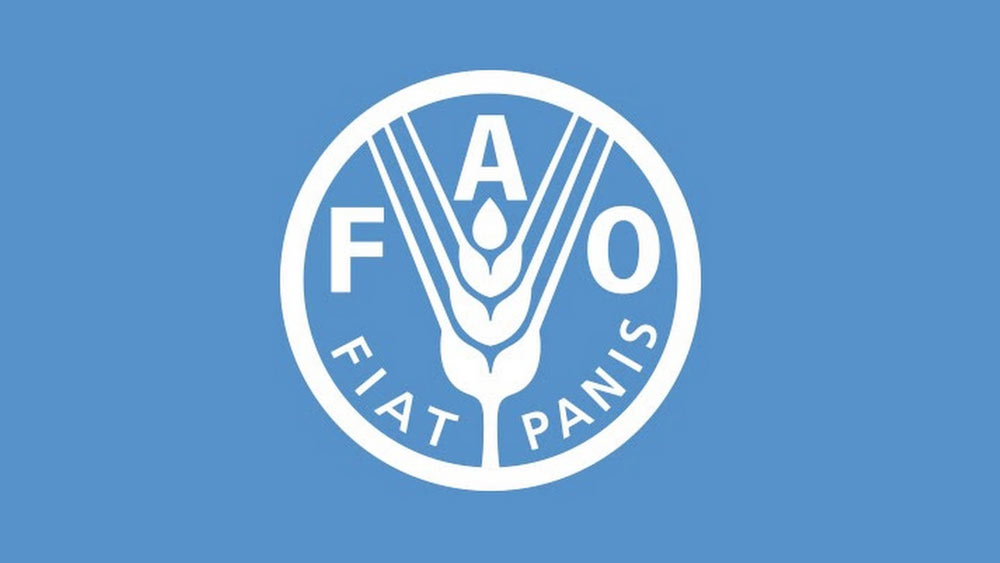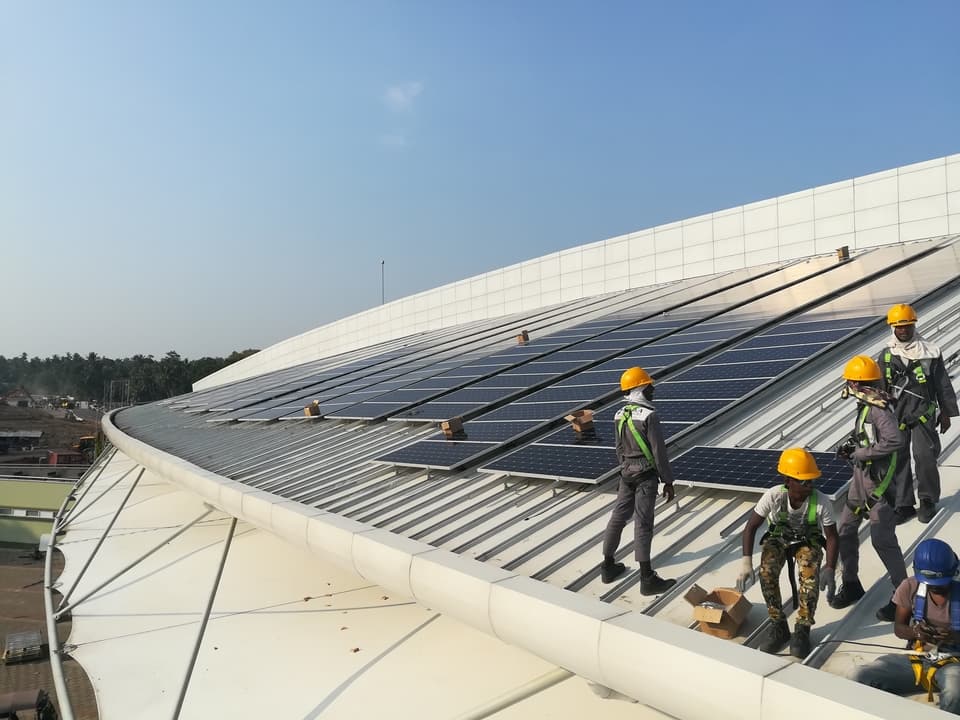Mastercard Foundation launched the COVID-19 Recovery and Resilience Programme (CRRP) to help micro- small- medium-sized enterprises (MSMEs) to respond to and withstand the impact of pandemic
NAIROBI, Kenya, December 20, 2021 — When the first case of COVID-19 was detected in Kenya in March 2020, it marked the beginning of a long journey of business uncertainty, disruption and great anxiety for entrepreneurs of all categories. It was especially hard for micro-enterprises and other small businesses, which traditionally do not have cash reserves or multiple income streams, to cushion them during economic downturn. While some businesses managed to stay afloat, hundreds others faced serious difficulties that led to their closure or severely reduced operations.
A study by the World Bank published in January 2021 found that small and micro-sized businesses were more severely affected by the pandemic than larger firms and those small businesses were often forced to permanently close or temporarily cease operations as compared to larger firms. In addition, a larger drop in sales was observed for micro-sized and small businesses. Without some form of external assistance, most businesses were not resilient enough to survive the downturn.
Recognising the devastating effects of COVID-19 on businesses and families in Kenya, Mastercard Foundation launched the COVID-19 Recovery and Resilience Programme (CRRP) to help micro- small- medium-sized enterprises (MSMEs) to respond to and withstand the impact of pandemic while strengthening their resilience in the long run.
The CRRP provided collateral- and interest-free loans in several categories to businesses in different sectors. It also offered training and other support to enable them utilise funds prudently and manage risks during the pandemic It primarily targeted women- and youth-led businesses across all sectors, including wholesale and retail trade, clothing and fashion, and agriculture. Borrowers accessed the facility by application through their member association and had to pass screening and due diligence procedures before a loan was granted.
The programme was implemented by a consortium led by Grassroots Business Fund (GBF) and included Cardno Emerging Markets and microfinancier, 4G Capital together with Kenya National Chamber of Commerce and Industry (KNCCI); Kenya Private Sector Alliance (KEPSA); and WomenWork Network (WWN) and Cardno coordinated applications and the necessary due diligence screening. 4G managed the disbursement of loans to successful applicants and collected repayments.
The programme was fully digital, and all applications, assessments, disbursement, repayments as well as training were conducted virtually.. A unique aspect of the programme was the fast turnaround, from conception to deployment, owing to the urgency of the situation, and the fact that it was entirely virtual in response to the constraints imposed by the COVID outbreak. The programme created new digital channels to reach MSMEs and leveraged existing ones such as MPESA.
By June 2021, over KSh 686 million in loan capital had been disbursed to roughly 21,000 borrowers by the programme. About KES 270 million had been repaid by that time, with a balance of KES 416 million outstanding. In addition, CRRP sustained nearly 43,000 jobs , of which 44% or 8,700 were held by young people and 84% or 16,500 by women.
The implementation of CRRP offers several lessons that can be applied in running similar programmes successfully:
- Working through business networks made it possible to reach many entrepreneurs in the target groups (mainly youth and women) throughout Kenya quickly and efficiently: Working with the three business associations (KNCCI, KEPSA, WWN) ensured that these target groups were reached. Applicants had to be registered members of any of the three organisations and their business had to be at least six months old.
- Being flexible and responding quickly to emerging challenges: For instance, when it emerged that some loan beneficiaries were having challenges in making repayments due to unforeseen and extended lockdowns throughout 2021, the consortium and the member associations responded by providing more focused borrower education and communication to improve repayment. Where applicable, the programme also lengthened loan repayment periods.
- Continuous client education and communication were essential to increase awareness and compliance: The consortium used several approaches to engage applicants, choosing methods accessible to their members such as SMS and WhatsApp messages. This helped build awareness and increased the number of applicants. Continuously engaging with loan recipients also helped to improve repayment rates.
- Training potential borrowers before loan applications and after disbursement is a crucial element in MSME lending: As the programme rolled out loans disbursement, it became clear that the MSMEs required training and capacity-strengthening before getting the loans to ensure the money was put to the intended use.
- Funding for MSMEs needs to extend beyond the COVID period: MSMEs are chronically underfunded. A 2016 study by the Kenya Bankers Association showed that insufficiency of capital and cost of credit were key factors hampering SMEs’ growth and that only 17.4% of traditional bank lending in Kenya was directed to MSMEs. The sector is still viewed as risky by traditional financial markets. According to the IFC, it is estimated that MSMEs in Kenya face a US$19bn finance gap. We need more innovative and commercially sustainable models to address this gap and fully exploit the potential of MSMEs.
- It is essential to create forums that enable micro-and small entrepreneurs to exchange ideas and learn from each other’s experiences: The CRRP arranged sessions where business owners could share their sector-specific experience within the pandemic context. This provided peer to peer learning on what was working and what could be adjusted for continued business sustainability.
Looking into the future: As Kenya moves into a post-COVID recovery phase, micro-and small businesses remain vulnerable and require support from other partners. Other MSME lenders can step into the gap and help to accelerate business recovery by offering flexible and affordable products to this critical sector. The experiences of the COVID-19 Recovery and Resilience Programme and the lessons learnt can inform the design of similar programmes to enrich their impact. This is a call to arms. The CRRP proved that by working in partnership, we can protect this vital sector of our economy, encourage it to thrive, be adaptive, sustainable and profitable.
Distributed by APO Group on behalf of The Mastercard Foundation.







